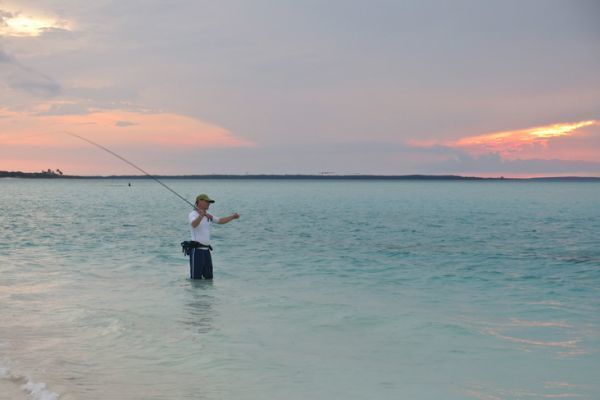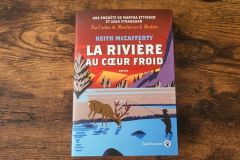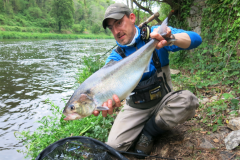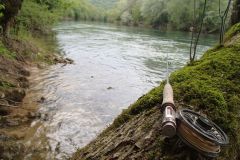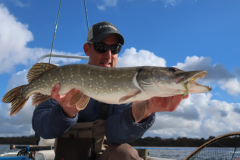Every year, many anglers take a trip during the winter months, both to recharge their batteries and to track down a variety of colorful and combative fish species.
Let's take a look at the best destinations and how to prepare for them.
Exotic sea fishing destinations
The Caribbean offers a wide range of destinations for seeking out the different species of fish that inhabit its flats (shallow waters), bays and mangrove swamps.
These include Mexico, Belize, Cuba, the Bahamas, Florida and Venezuela. To these destinations we must add Christmas Island, the Seychelles and New Caledonia, which are not part of the Caribbean, but which are very popular with adventurous anglers.
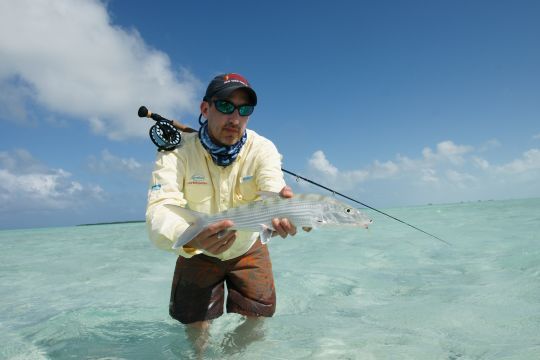
Destination information search
There are two options when you want to go "exo" fishing.
Choose the "all inclusive" package in a lodge (fishing structure), where accommodation, meals and the organization of fishing with local guides are all included and taken care of for you.
In this case, there's not much you can do, apart from find out about the type of fish and the appropriate tackle and flies.
The other option is to organize your own trip, known as "Do It Yourself" or DIY.
In this case, it's you who organizes all the parameters, from accommodation to catering and fishing. For the first two points, there are numerous options, as tourism is commonplace in these destinations.
For fishing and searching for spots, you'll need to consult the Internet, where a wide range of information is available. Use aerial mapping sites such as google maps or earth to find access points and interesting fishing spots. Then, once you're there, find out about local regulations and permits.
Some destinations cannot be visited in this way, as there is no possibility of fishing without structure and guides.
Others are more appropriate, such as Mexico, Belize, Venezuela and certain parts of the Bahamas. It's up to you to find out.
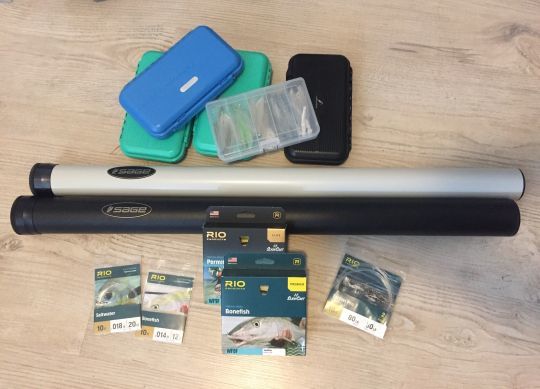
Preparing your equipment
In any case, gear preparation should not be taken lightly, because once you're there, it's rare to find anything you might be missing. Except in certain lodges, which can lend or hire equipment and sell local flies.
The rods and silks you need
Depending on the species present, you'll need rods of power 8 to 10 as a general rule.
Rods made from 8-gauge silk are ideal for bonefish, small trevally and baby tarpon (under 10 kg).
Power 9 rods are suitable for permit, with larger trevally (jack crevalle, horse-eye, yellow trevally, etc.) not exceeding 10/15 kg.
In silks of 10, you'll be able to catch beautiful trevally, pretty tarpon, permits in windy conditions and/or large sharks, barracuda and small sharks.
Floating bristles are most often used, especially on flats, but in some cases intermediate or plunging bristles may be required.
Spare rods and lines are often a great help, especially in DIY. It would be a shame not to be able to fish after a broken rod!
The right leader
As for the leader, depending on the species, you will use nylon or fluorocarbon from 10 to 80 or even 100 lbs.
- 10 to 16 lbs for bonefish.
- 16 to 25 lbs for permit and small jacks.
- 40 to 100 lbs for tarpon and jacks depending on size.
- Titanium leader for sharks and barracudas.
Flies
Flies are very specific to each type of fish. So, once again, it's important to be aware of the species you're dealing with in order to find the right fly for the job.
Bonefish flies imitate shrimp, small crabs, fry and worms and come in sizes 8 to 2.
For permit, these are larger imitations shrimps and crabs, more weighted in sizes 4 to 2 or even 1/0.
For tarpon and other species, you'll generally need to use imitations of small fish of various sizes, color patterns on strong iron hooks.
All these hooks are stainless steel and well-made to avoid any disappointment.
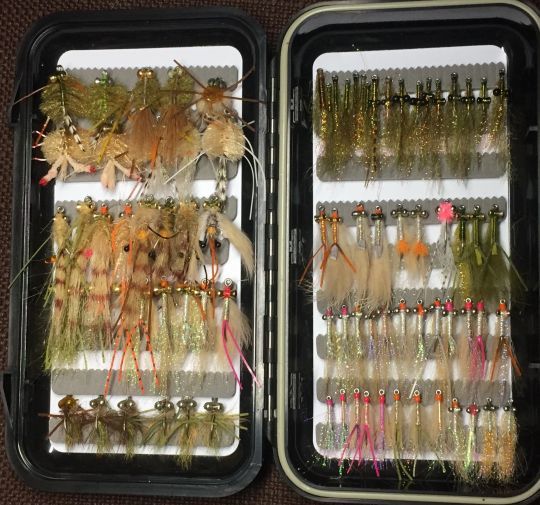
Small equipment and accessories
Flats fishing is often done in wadding, in water between 24 and 30°. You'll need a T-Shirt or, better still, the ultra-light, UV-protective fishing shirt offered by all the major brands. Complement with a pair of shorts and wadding shoes for flats.
Don't forget polarized glasses (and a spare pair) for sight fishing (80 to 100% of the time), light rain jacket, sun cream, finger guard, wire cutters and pliers, waterproof bag, bandages, water bottle or camel bag, etc.
